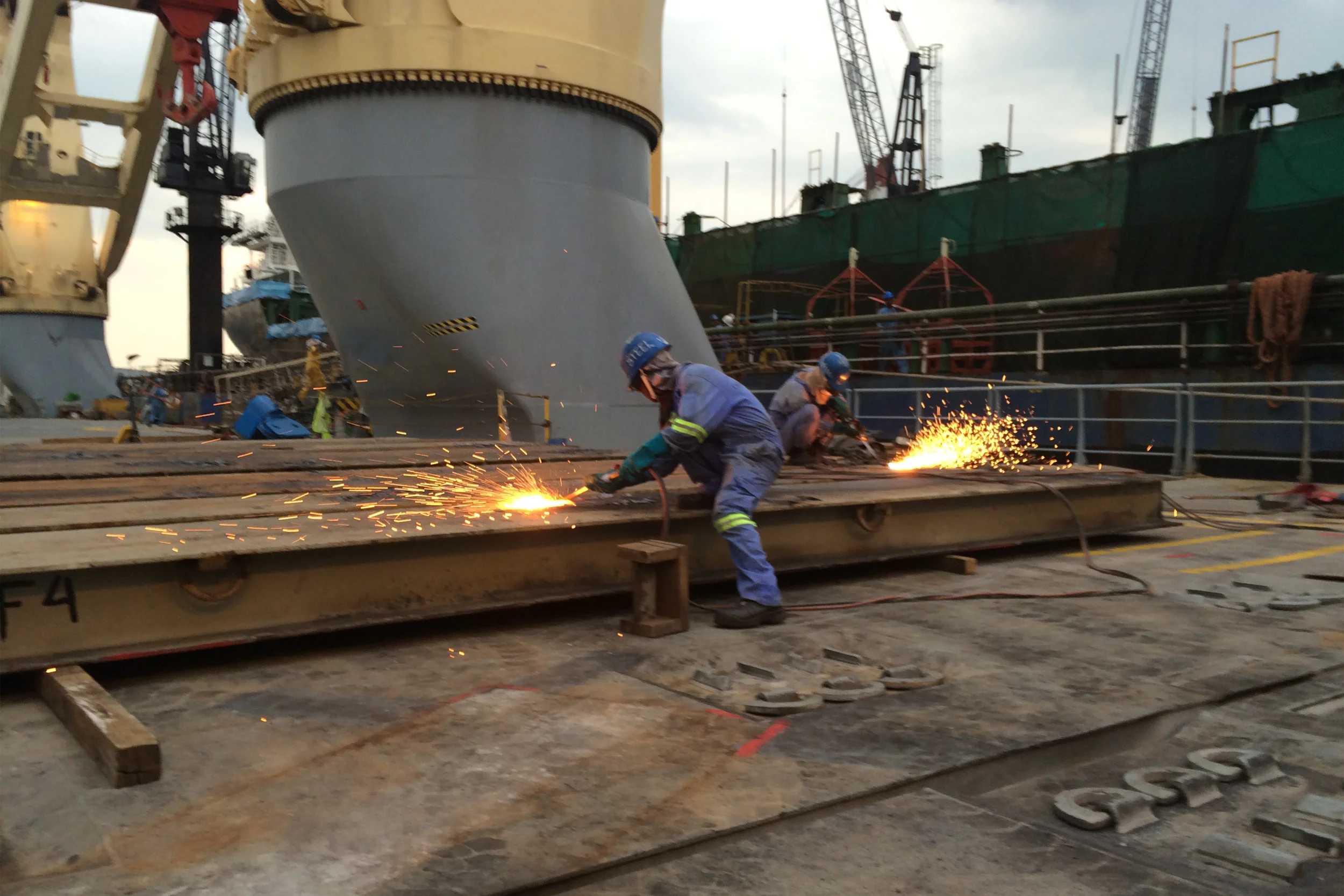Was solely responsible for survey, positioning and measurement for the installation of a gas platform in Alaska
Coordinated a ~$1.2M survey contract for the associated personnel, hardware and systems to be in place and ready on time
In charge of mobilizing the heavy lift vessel out of shipyards in Singapore
Organized and planned sea trials and systems testing as needed with additional vessels
During the installation of the (oddly named) gas platform "Furie Kitchen Lights Unit 3", I was the engineer in charge of all survey, measurement and positioning systems.
While the platform itself was a 1500 tonne monopod leg with another 800 tonne topside, the challenging water conditions in Kenai, Alaska particularly complicated the project. The local waters had 6 knot currents, 15 feet of tides and absolutely no visibility for divers. Due to the shear stresses this placed on any piling or other anchor in the water column, working quickly was required to allow heavy lifts to happen in the slack tide periods four times a day.
I devised the entire position system and managed the contract to have it executed by a Houston based firm. Using 4 Echoscope sonars on the platform legs as they were being lowered allowed us to connect with the piles quick and maintain visibility on our target at all times. In addition, GPS and IMU units were placed on top of the monopod to provide an absolute position system in world coordinates. This was all monitored and controlled from the survey shack on board the M/V SVENJA.




During the outfitting of M/V SVENJA in Singapore I was put in charge of making the entire ship mobilized and ready to go. This was complicated by the need for a well tested 10 point mooring system which had neither been installed nor tested and a control system that had not been designed well by the contractor.
With those challenges ahead of me, I was solely responsible for mobilizing and ensuring full readiness of the ship before we departed for Alaska. Not only did I supervise all aspects of the build out of the winch system, I also arranged charter contracts and devised testing procedures for two tugboats to meet us in the South China Sea for testing of the winches.
After several delays (seen below in notebook) we eventually departed for Alaska at greatest possible speed with a winch system that did, in fact, work.
Once in Alaska, we were restricted by the Jones Act, to the extent that we could hold on anchor but not maneuver on the ship's thrusters. This made heavy-lift even more challenging than normal and required extremely accurate position measurements and pitch and roll accuracy.